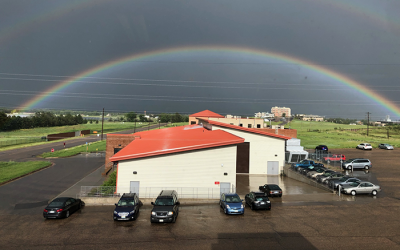Our Facilities
Facilities
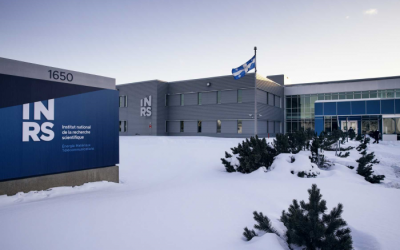
Institut National de la Recherche Scientifique (INRS)
Advanced Laser Light Source (ALLS)
Point of contact: François Légaré
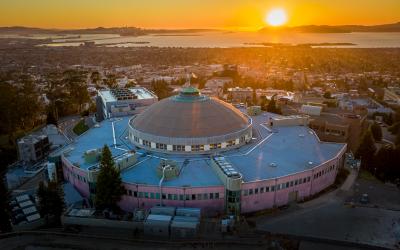
Lawrence Berkeley National Laboratory
Berkeley Lab Laser Accelerator (BELLA) Center
Point of contact: Cameron Geddes
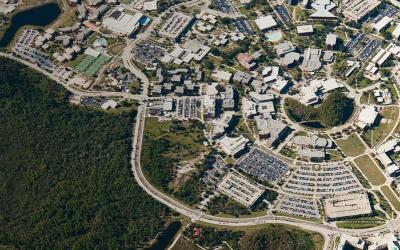
University of Central Florida
Institute for the Frontier of Attosecond Science and Technology (iFAST)
Point of contact: Li Fang
Lawrence Livermore National Laboratory
Jupiter Laser Facility
Point of contact: Felicie Albert
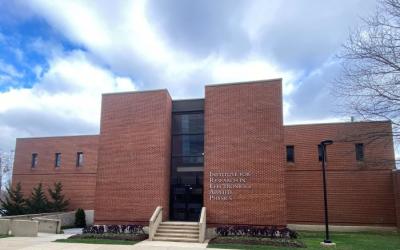
University of Maryland
Laboratory for Intense Laser-Matter Interaction Physics
Point of contact: Howard Milchberg
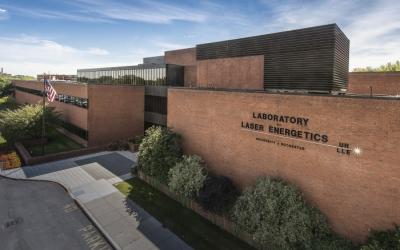
University of Rochester
Laboratory for Laser Energetics: OMEGA EP
Point of contact: Mingsheng Wei
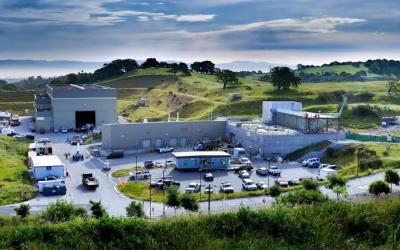
SLAC National Accelerator Laboratory
Matter in Extreme Conditions (MEC)
Point of contact: Gilliss Dyer
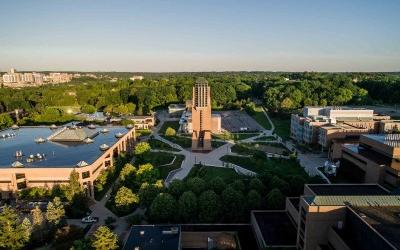
University of Michigan
Michigan Target Research and Fabrication (MiTRF)
Point of contact: Sallee R. Klein
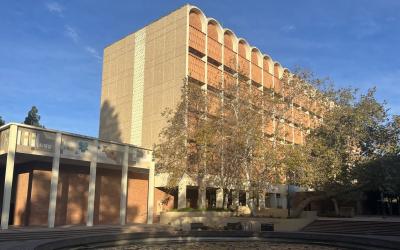
University of California, LA
Phoenix Laser Laboratory
Point of contact: Christoph Niemann
Accessing LaserNetUS Facilities
LaserNetUS is a consortium of high-power laser facilities, supported by the DOE Office of Science Fusion Energy Sciences (FES) program. Each facility dedicates a portion of its operating time to user experiments awarded through LaserNetUS. Access is granted through a competitive, peer-reviewed proposal process held on a regular cadence. Proposals must be submitted during open calls.

